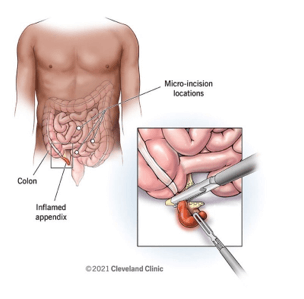A nurse is instructing a nursing assistant on how to assist a patient with bathing.
The patient has hemiparesis on the left side due to a stroke.
Which of the following statements by the nursing assistant demonstrates understanding of the teaching?
"I will wash the patient's left side first, then move to the right side.”.
"I will wash the patient's right side first, then move to the left side.”.
"I will wash both sides of the patient at the same time, starting from the head and moving down.”.
"I will ask the patient which side they prefer to wash first, then follow their preference.".
The Correct Answer is D
Choice A rationale:
Washing the patient's left side first and then moving to the right side does not demonstrate an individualized approach or consideration for the patient's preferences and abilities. It is important to involve the patient in the decision-making process, especially when they have hemiparesis, to promote their autonomy and comfort.
Choice B rationale:
Washing the patient's right side first and then moving to the left side does not consider the patient's preference and may not align with their abilities or comfort. It is essential to prioritize the patient's preferences and needs.
Choice C rationale:
Washing both sides of the patient at the same time, starting from the head and moving down, may not be feasible or comfortable for the patient, especially if they have hemiparesis. This approach does not demonstrate an individualized care plan based on the patient's specific condition.
Choice D rationale:
Asking the patient which side they prefer to wash first and then following their preference is the most patient-centered and appropriate approach. This approach respects the patient's autonomy and ensures that their needs and comfort are prioritized during the bathing process. It allows for individualized care based on the patient's abilities and preferences.
Nursing Test Bank
Naxlex Comprehensive Predictor Exams
Related Questions
Correct Answer is D
Explanation
An 18-year-old client with a mild mental disability is a client who has a lower than average intellectual functioning and some limitations in adaptive skills, such as communication, socialization, and self-care. A mild mental disability may affect the client's ability to understand, cope, or cooperate with medical interventions, such as ambulation after surgery.
Ambulation is the act of walking or moving around. It is an important part of postoperative care, as it helps to prevent complications such as deep vein thrombosis, pulmonary embolism, pneumonia, atelectasis, constipation, and pressure ulcers. Ambulation also promotes circulation, wound healing, and muscle strength.
When the practical nurse (PN) atempts to assist the client to ambulate on the first postoperative day after an appendectomy, the client becomes angry and says, "PN, 'Get out of here! I'll get up when I'm ready!" This may indicate that the client is experiencing pain, fear, anxiety, or frustration due to the surgery and the recovery process .
The best response for the PN to make is to acknowledge the client's feelings, provide reassurance and support, and set a clear and realistic goal for ambulation. This will help to establish rapport, reduce resistance, and motivate the client to participate in the care plan.
Therefore, option D is the correct answer, as it shows empathy and respect for the client's feelings, while also informing the client of the expectation and time frame for ambulation. Option D also allows the client some time to prepare mentally and physically for the activity.

Correct Answer is ["A","B","D"]
Explanation
According to the Mormon dietary code, also known as the Word of Wisdom, Mormons are prohibited from consuming alcohol, tobacco, coffee, and tea.They are also advised to eat meat sparingly and consume fruits, vegetables, and whole grains. Therefore, the nurse should request the following menu items for this client:
- Orange juiceandapple juice, as they are clear liquids and fruits that are allowed by the Word of Wisdom.
- Chicken broth, as it is a clear liquid and a source of protein that can be consumed in moderation.
- Not hot chocolate, as it contains caffeine, which is a stimulant and a "hot drink" that is forbidden by the Word of Wisdom.
Whether you are a student looking to ace your exams or a practicing nurse seeking to enhance your expertise , our nursing education contents will empower you with the confidence and competence to make a difference in the lives of patients and become a respected leader in the healthcare field.
Visit Naxlex, invest in your future and unlock endless possibilities with our unparalleled nursing education contents today
Report Wrong Answer on the Current Question
Do you disagree with the answer? If yes, what is your expected answer? Explain.
Kindly be descriptive with the issue you are facing.
